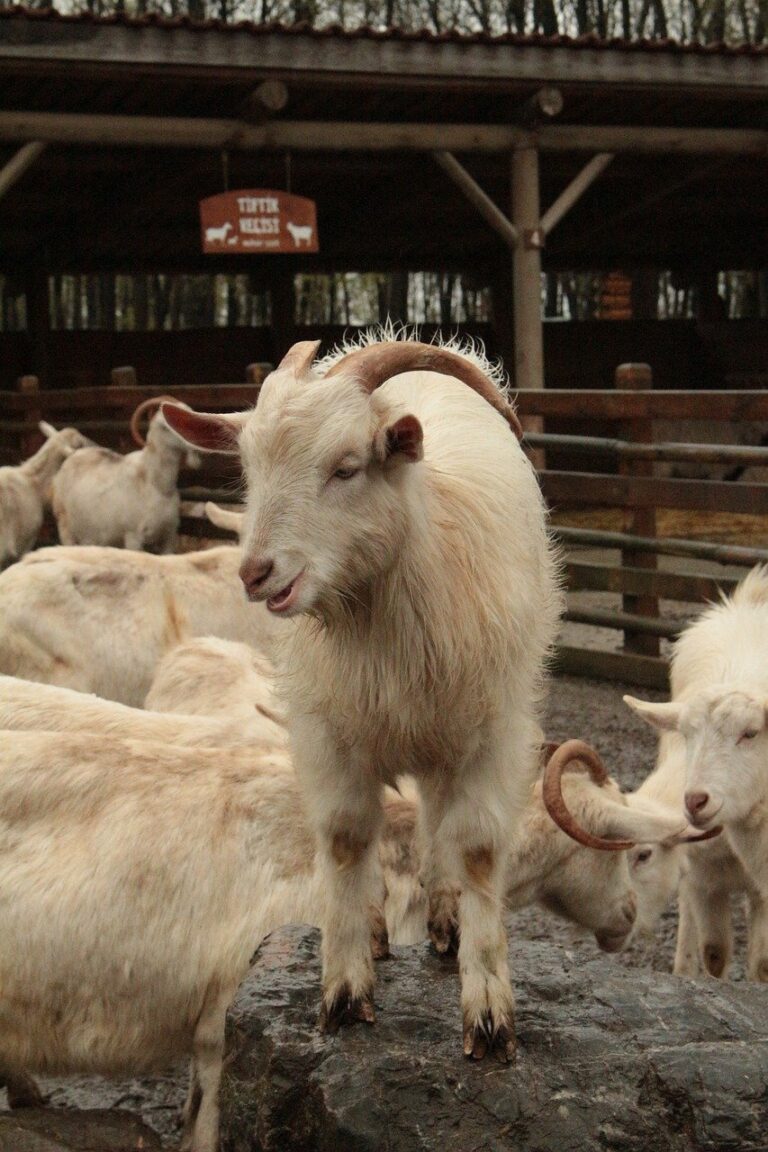As soon as the desired depth is reached, the well is typically cased to prevent contamination and support the borehole walls. The casing, typically made of steel or PVC, is placed into the well, and grout is pumped in between the casing and the surrounding rock or soil to create a seal. This process guarantees the integrity of the well and protects the water source from external toxins.
Water drilling rigs play a crucial role in providing access to among the Earth’s many vital resources– water. These effective devices are designed to permeate the Earth’s surface, reaching deep into the ground to use underground water sources. The process involves a combination of engineering precision, advanced technology, and skilled manpower to ensure a successful and sustainable water supply. In Borehole well drilling rig , we will delve into the detailed world of water drilling rigs, exploring their components, working concepts, and the crucial role they play in securing water for various purposes.
At the heart of any water drilling rig is the drill itself. These drills come in various types, each customized to particular geological conditions and project requirements. Common types consist of rotary drilling, cable tool drilling, and percussion drilling. Rotary drilling, for example, uses a turning drill bit to cut through the earth, while cable tool drilling utilizes a heavy bit attached to a cable that repeatedly strikes the ground, breaking it up for removal. Percussion drilling, on the other hand, involves a combination of both rotation and percussion to extract water from the ground.
One of the crucial components of a water drilling rig is the mud pump. This gadget is responsible for circulating the drilling fluid throughout the system, preserving the necessary pressure and circulation rate. The mud pump plays a crucial role in preventing the borehole from collapsing and helping with the removal of cuttings, contributing to the general performance of the drilling process.
The drill bit is decreased into the ground, and the rotation or percussion action begins, depending upon the picked drilling approach. As the drill penetrates the Earth’s surface, a series of pipes, jointly known as the drill string, are contributed to the rig to preserve the hole’s stability and prevent collapse. The drill string also serves as a conduit for the removal of cuttings– the fragmented material created during the drilling process.
Water drilling rigs are designed to reach considerable depths, depending upon the project’s requirements. The depth of the borehole is influenced by aspects such as the geological structure, the anticipated water yield, and the planned use of the water. Deeper boreholes may require more advanced drilling techniques and specific devices to get rid of the obstacles postured by increased depth.
Water drilling rigs are employed for various purposes, varying from domestic supply of water to agricultural irrigation and industrial usage. In rural areas where access to centralized water facilities is restricted, drilling wells offers a sustainable service to meet the local community’s water needs. In agricultural settings, water drilling rigs play a critical role in making sure a constant and reputable supply of water for crops, contributing to increased agricultural efficiency.
In conclusion, water drilling rigs are elaborate devices that play a crucial role in securing access to the Earth’s underground water sources. These rigs combine advanced innovation, engineering precision, and knowledgeable workforce to permeate the ground and take advantage of water reservoirs. The drilling process involves a series of components, consisting of the drill, drill string, mud pump, and casing, each contributing to the performance and success of the operation. Water drilling rigs are flexible tools used for various purposes, from providing domestic water supply to supporting agricultural and industrial activities. As the worldwide demand for water continues to increase, the importance of water drilling rigs in securing this valuable resource remains vital.
The drilling process begins with the rig being positioned at the designated location. Engineers and geologists carry out comprehensive studies to identify the very best drilling site based on geological formations and potential water reservoirs. When the website is picked, the drilling rig is established, and the drilling process commences.
Water drilling rigs use a range of drilling fluids to assist at the same time. These fluids serve numerous purposes, including cooling the drill bit, bring cuttings to the surface, and supporting the borehole walls. The option of drilling fluid depends on aspects such as the geological conditions, the kind of drill bit utilized, and the specific requirements of the project.
As the drilling advances, the rig’s operator keeps an eye on various parameters, such as drilling speed, torque, and pressure, to make sure effective development and prevent any potential concerns. Geologists examine the cuttings gave the surface to evaluate the geological developments experienced, providing important insights into the potential water-bearing layers.
Subscribe to Updates
Get the latest creative news from FooBar about art, design and business.
Just how To Take The Headache Out Of Drilling Rig
Previous ArticleGood luck! Your HTS Program Is About To Stop Being Pertinent
Next Article Find Out Now, What Should You Do For Fast CpgToto?
